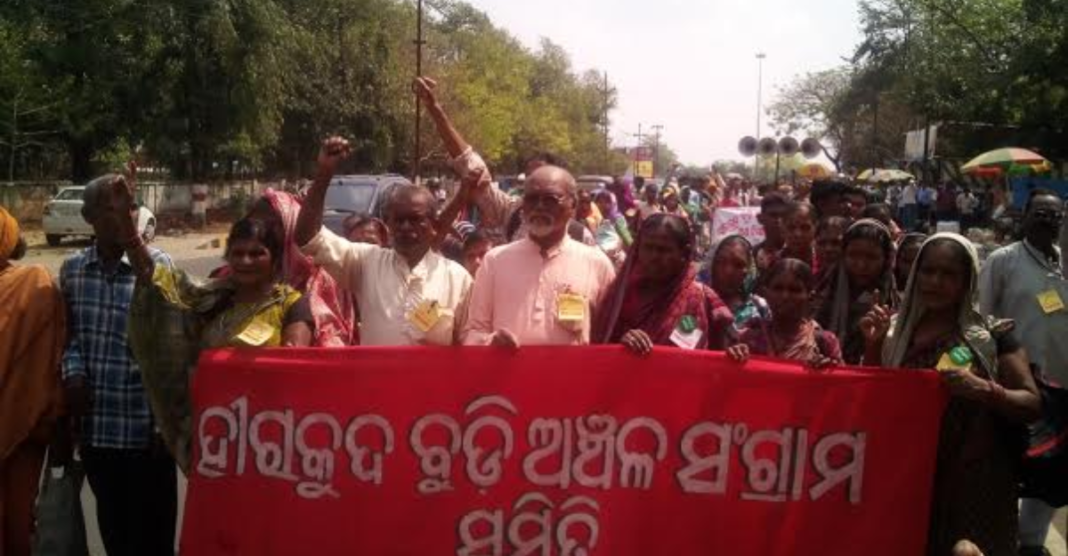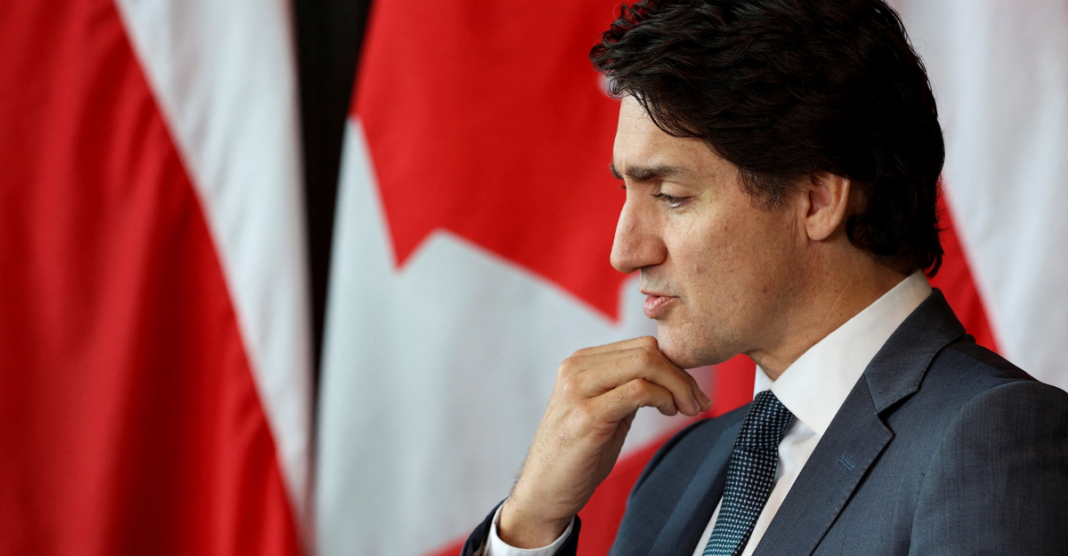The Odisha government, headed by Chief Minister Naveen Patnaik, has announced its intention to give land pattas to 1,749 households who were uprooted during the construction of the Hirakud dam in the 1950s, in response to a long-standing demand for them. The action represents an important first step in redressing the past injustices experienced by these families.
The decision came after a high-level meeting chaired by Development Commissioner Anu Garg. It demonstrates the government’s dedication to finding a solution to this problem. According to the government’s declaration, 3,231 acres of land will be distributed to 1,749 families. The families are spread across 19 villages in the Jharsuguda region. Beginning with five of the communities, the distribution of land titles is scheduled to begin in December.
The spectacular 4.8-kilometre Hirakud dam, a multipurpose structure constructed at a cost of just over 100 crores. It crosses the Mahanadi River. Between 1946 and 1957, it was built with the intention of meeting demands for power generation, irrigation, and flood control. Despite successfully irrigating over 24,280 hectares of crops, the dam had a heavy toll on the human population. During the construction of the dam in 1955–1956, around 26,561 families from the districts of Sambalpur, Bargarh, Jharsuguda, Sundargarh, and Sonepur were uprooted. The dam flooded 325 villages, covered 1,83,000 acres of land, and forced approximately 1 lakh people to relocate.
Only 13,470 people have so far obtained restoration and payment. It was in the form of pitiful sums ranging from $200 to $600 per acre, far less than the going rate. These impacted villages have been without basic amenities for 53 years and have been called encroachers. In comparison to nearby communities, they have experienced difficulties getting access to roads, healthcare, education, and postal services.



